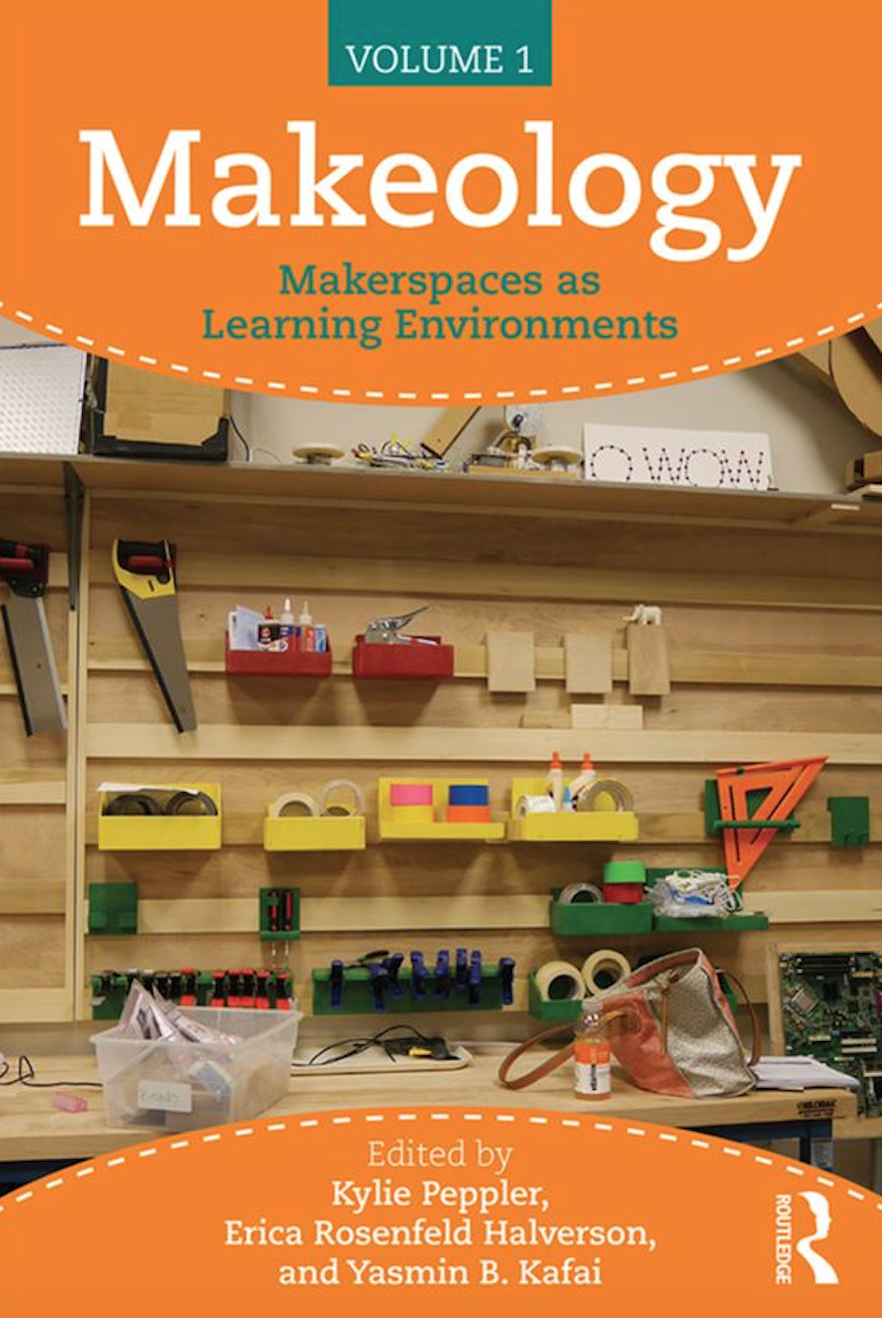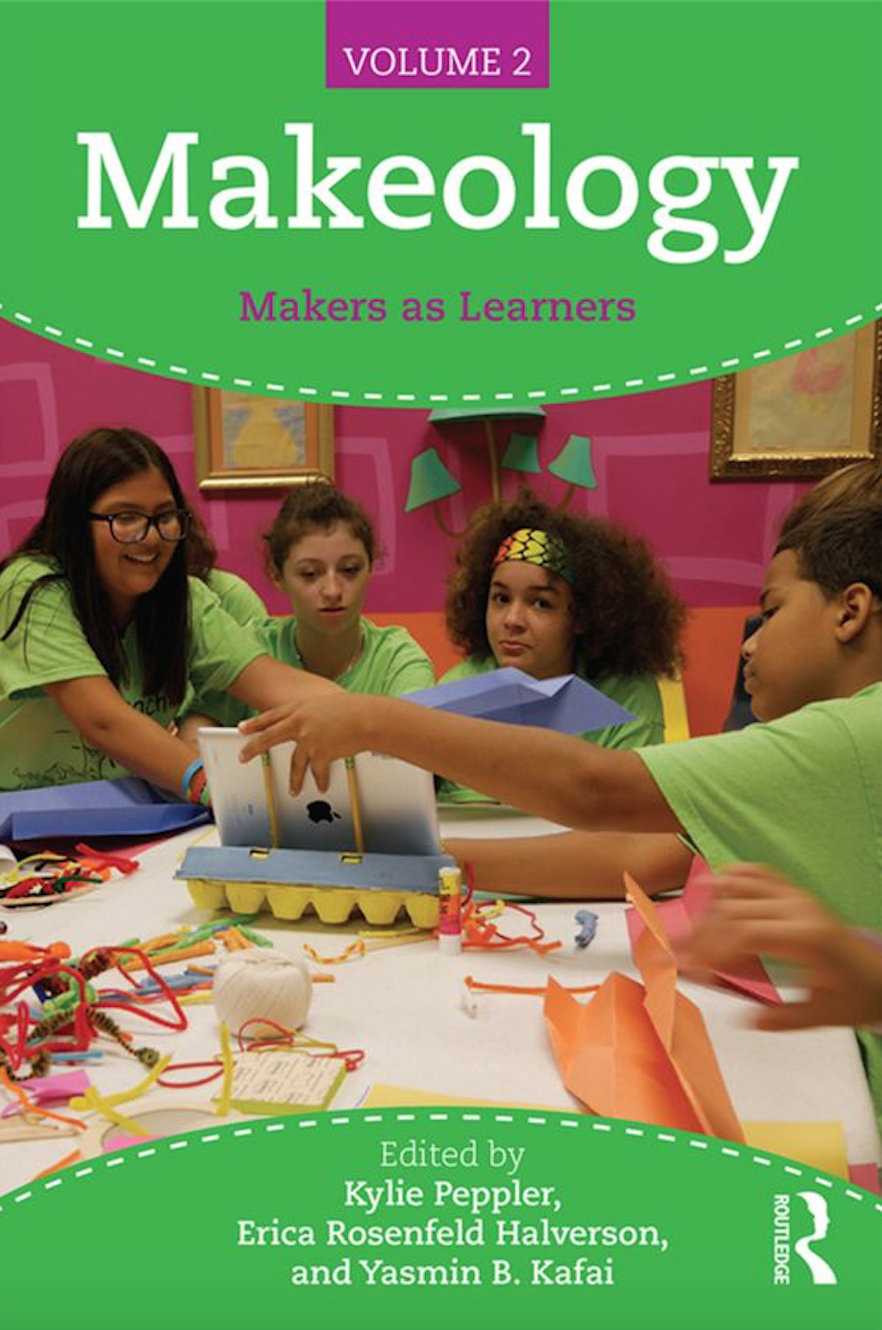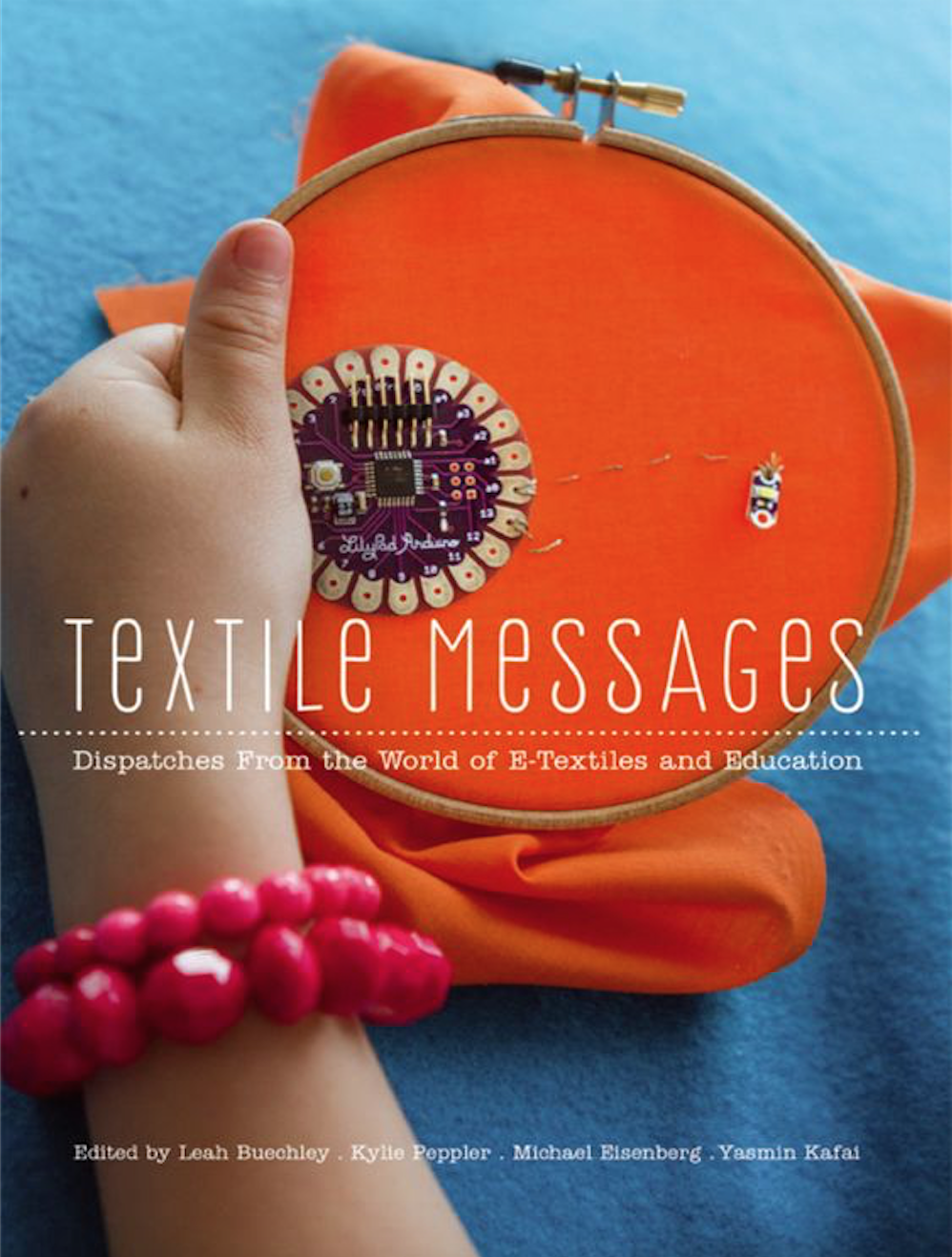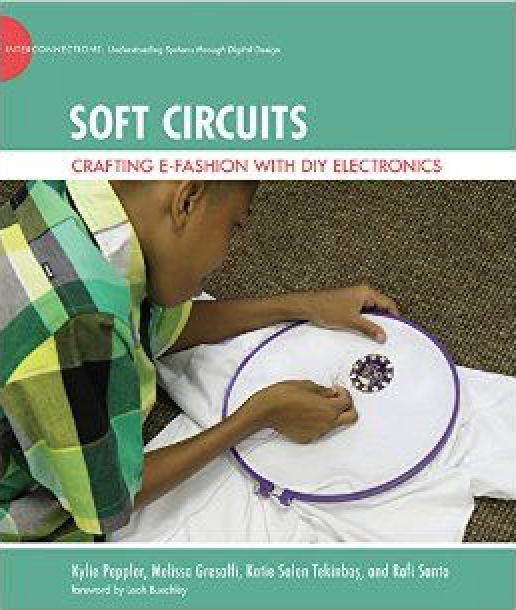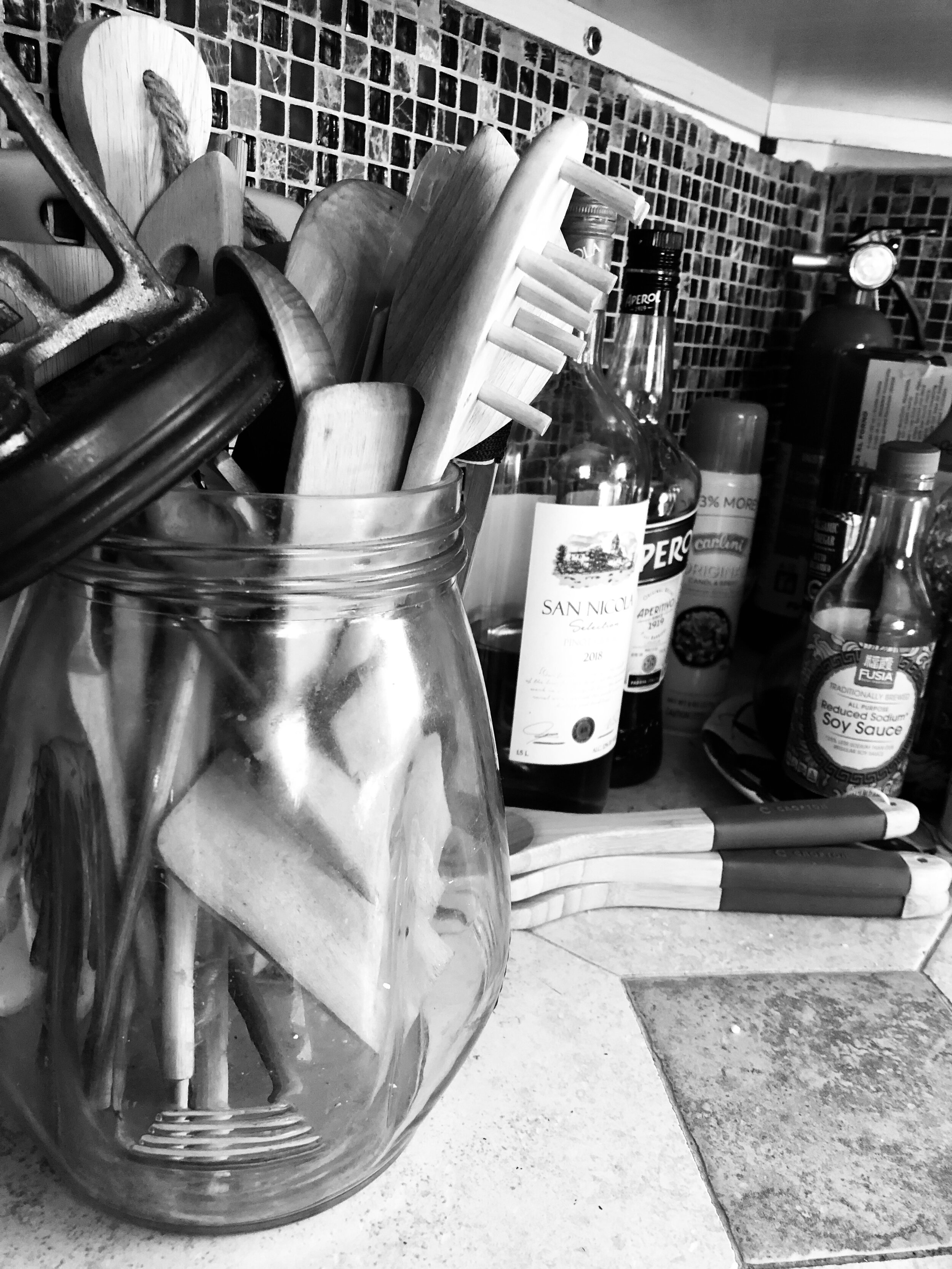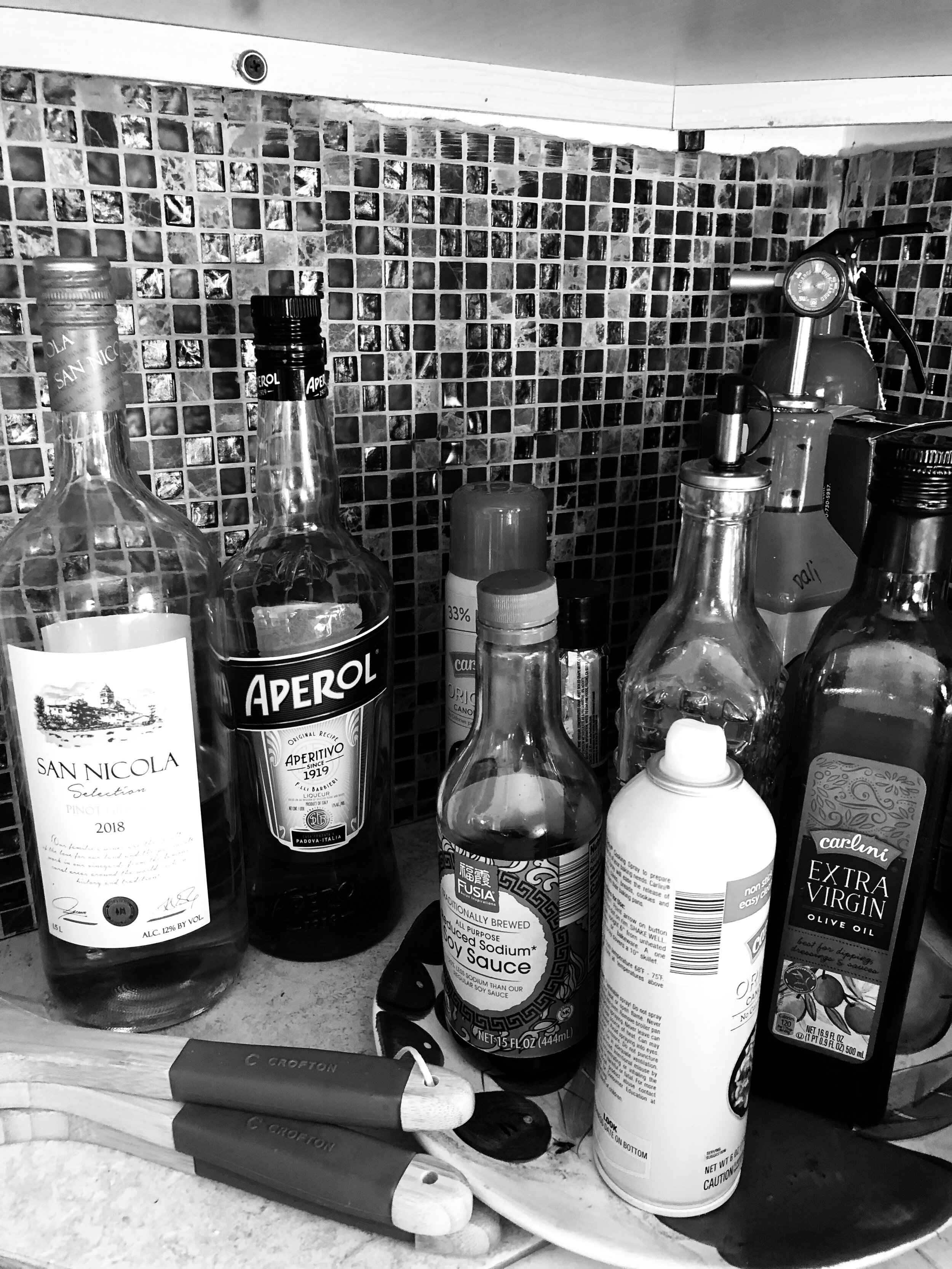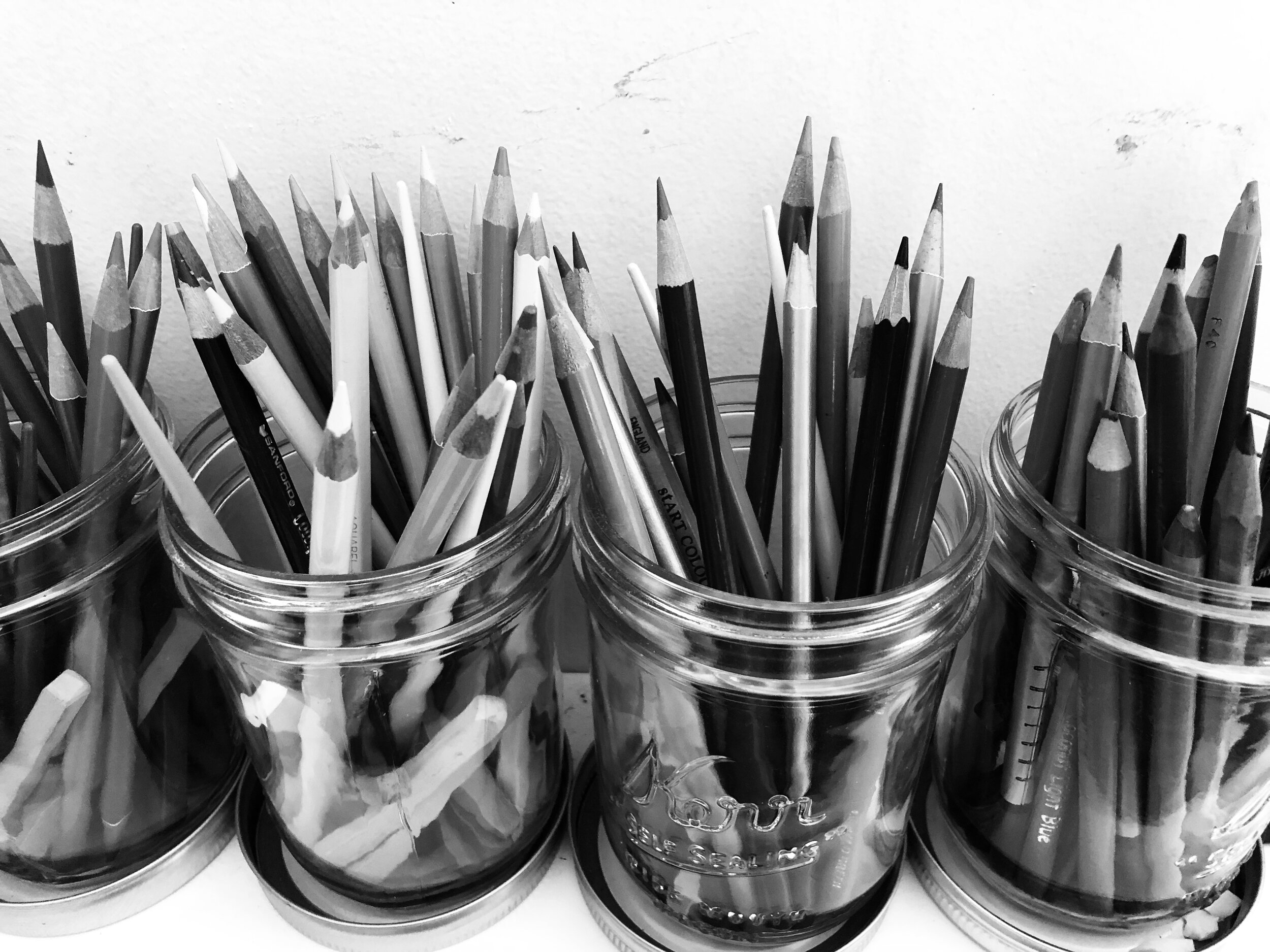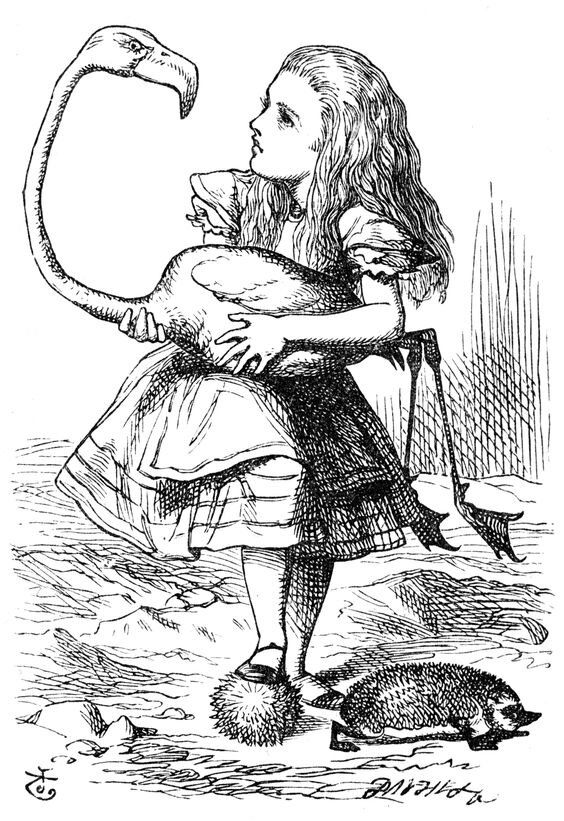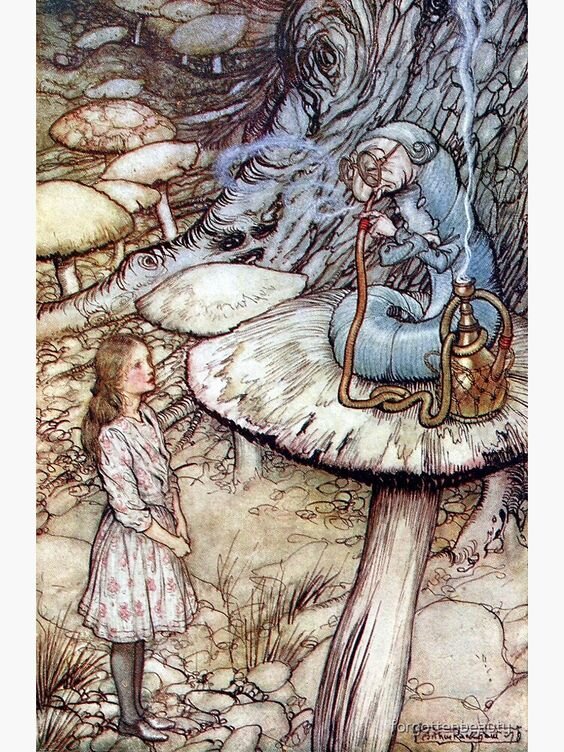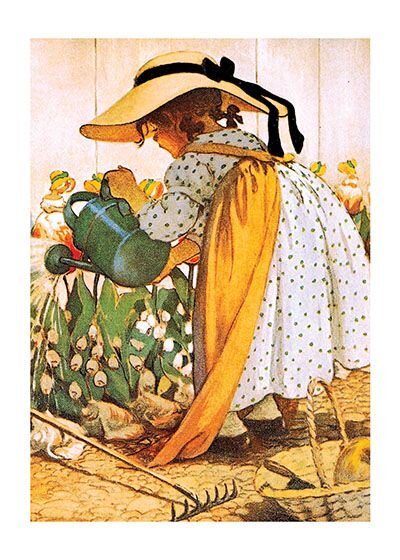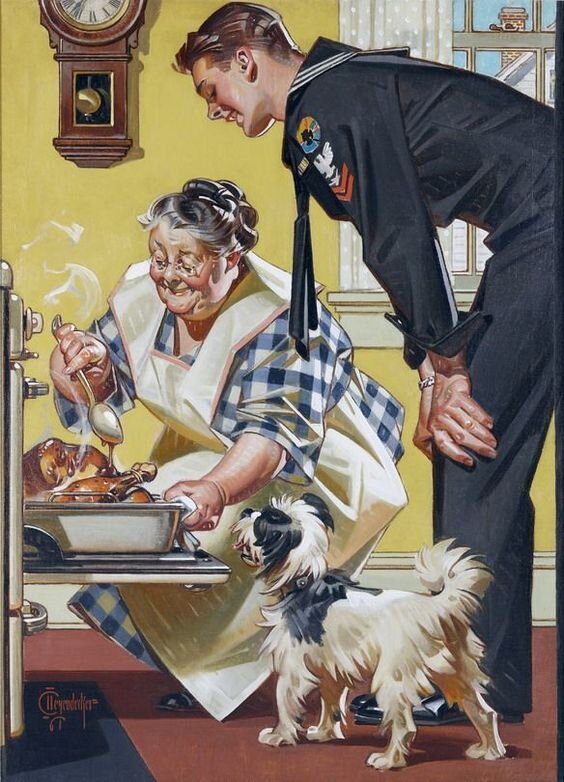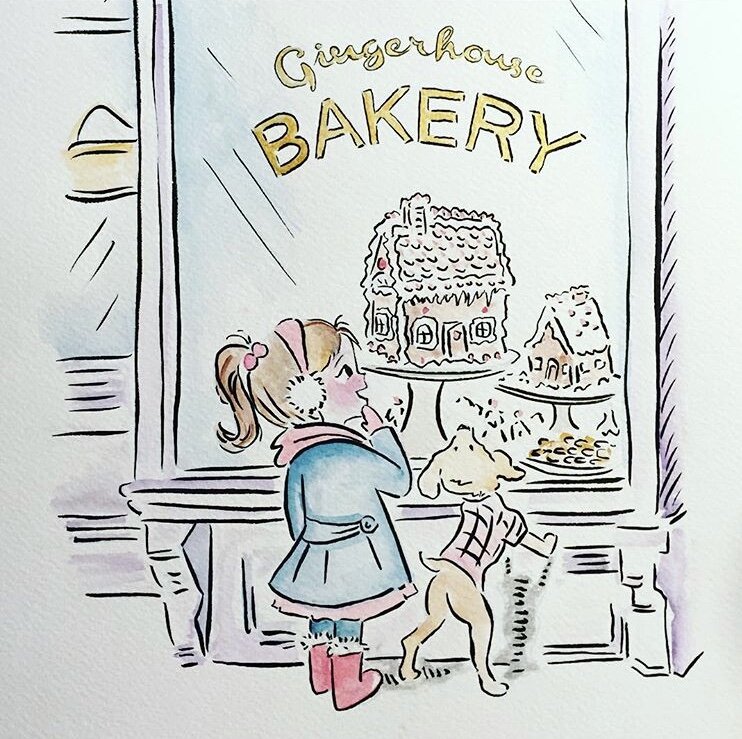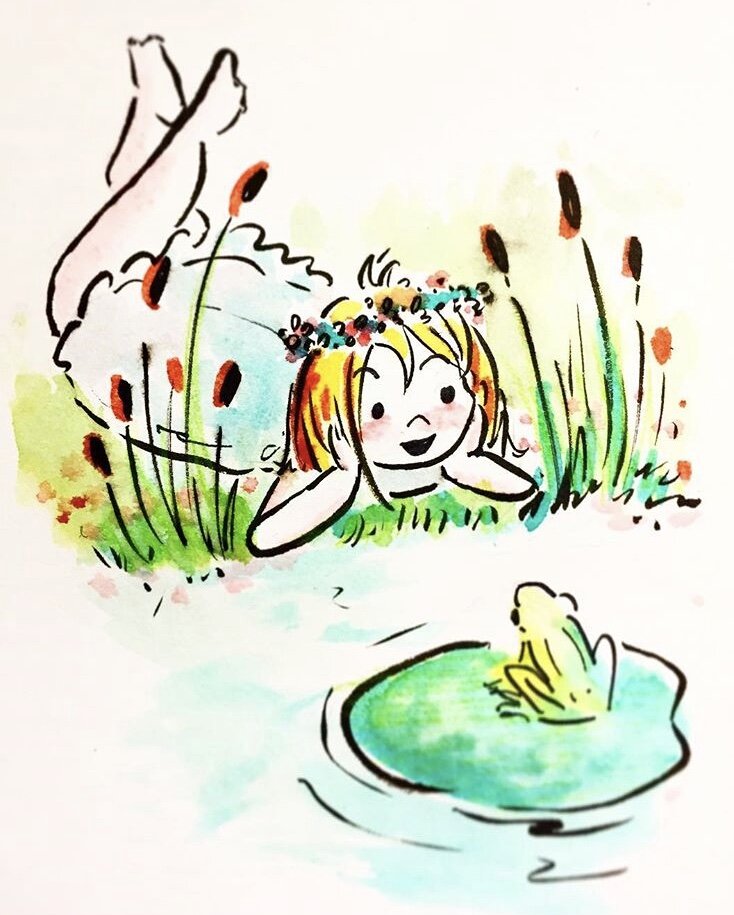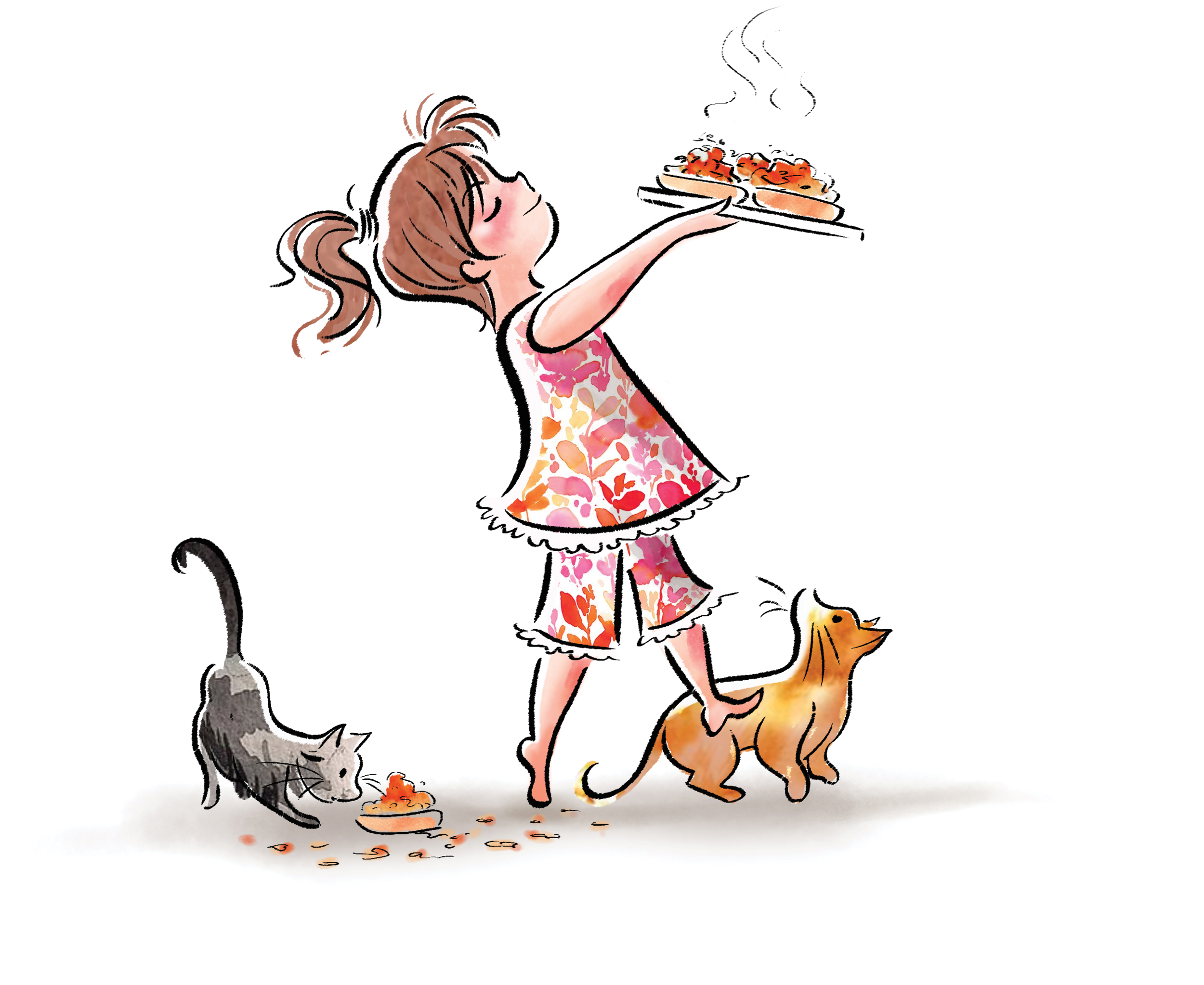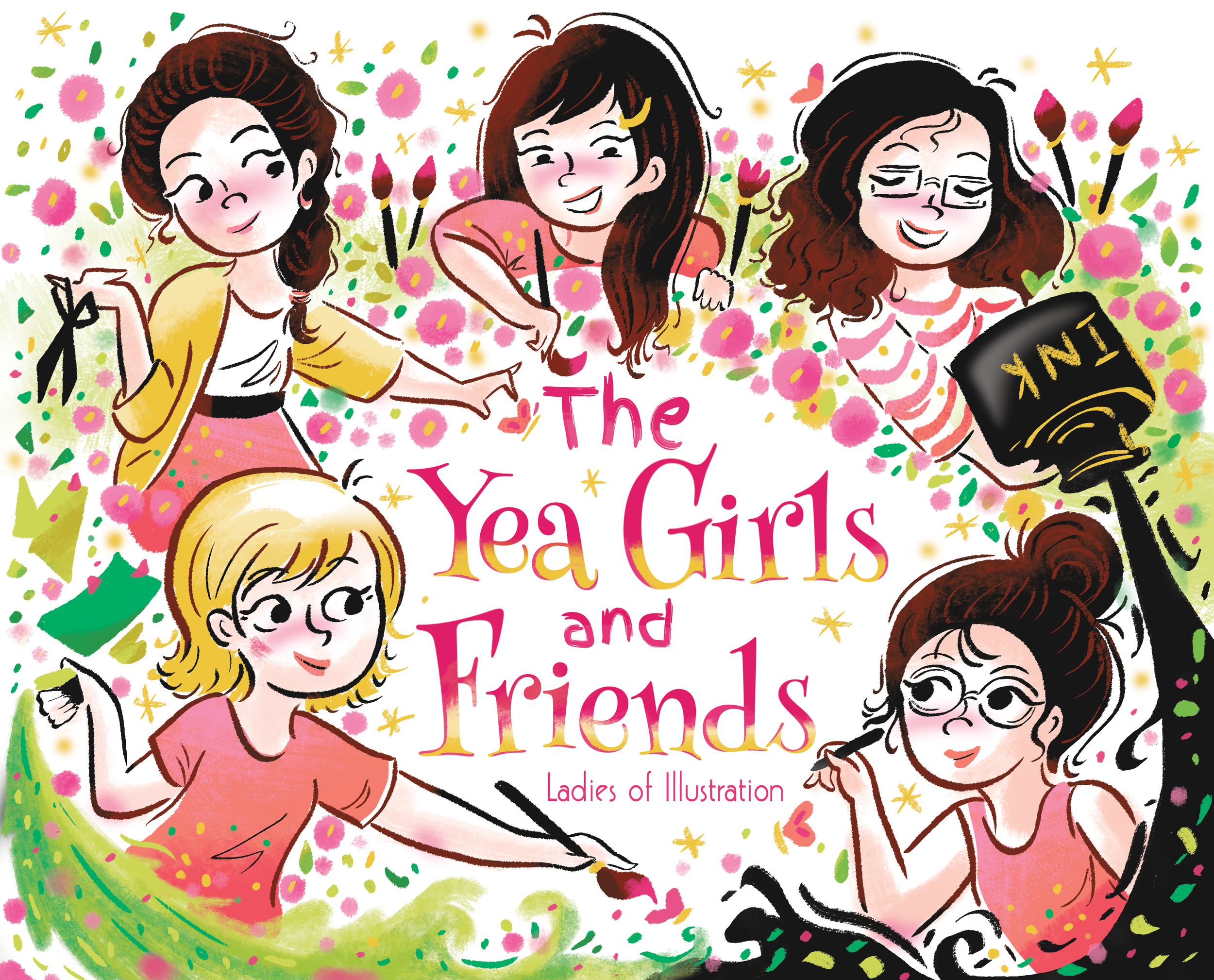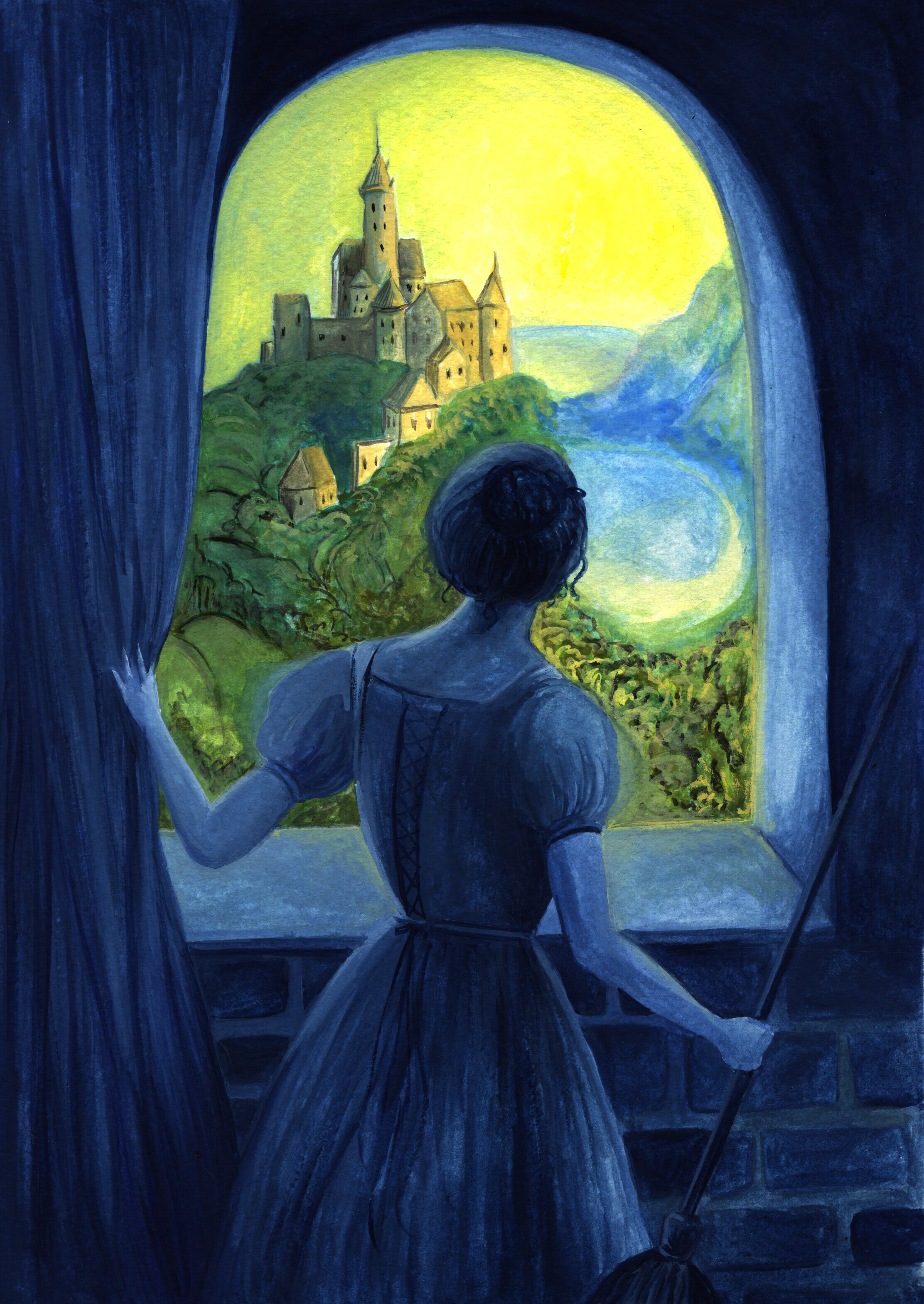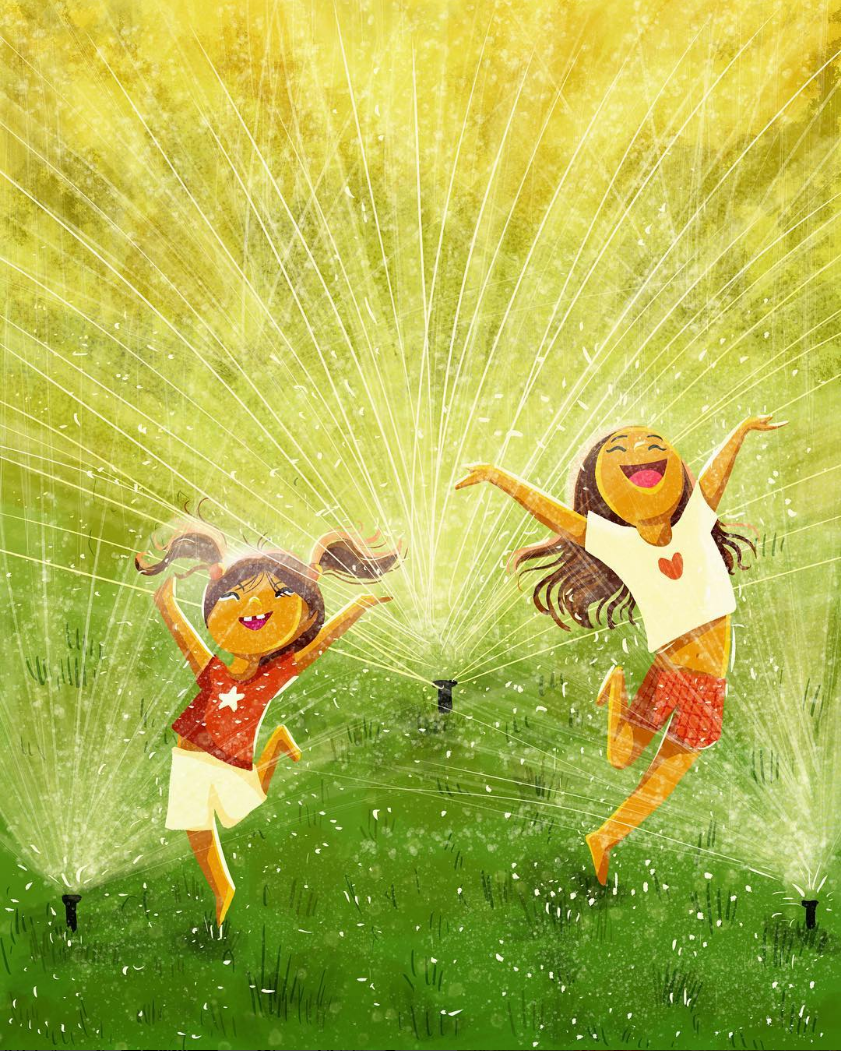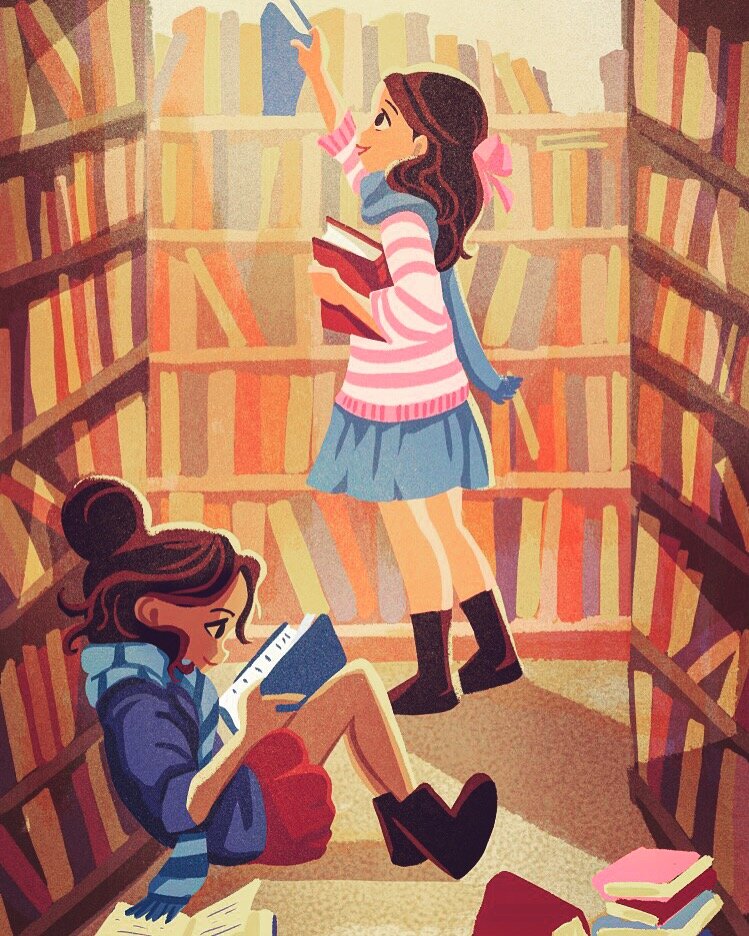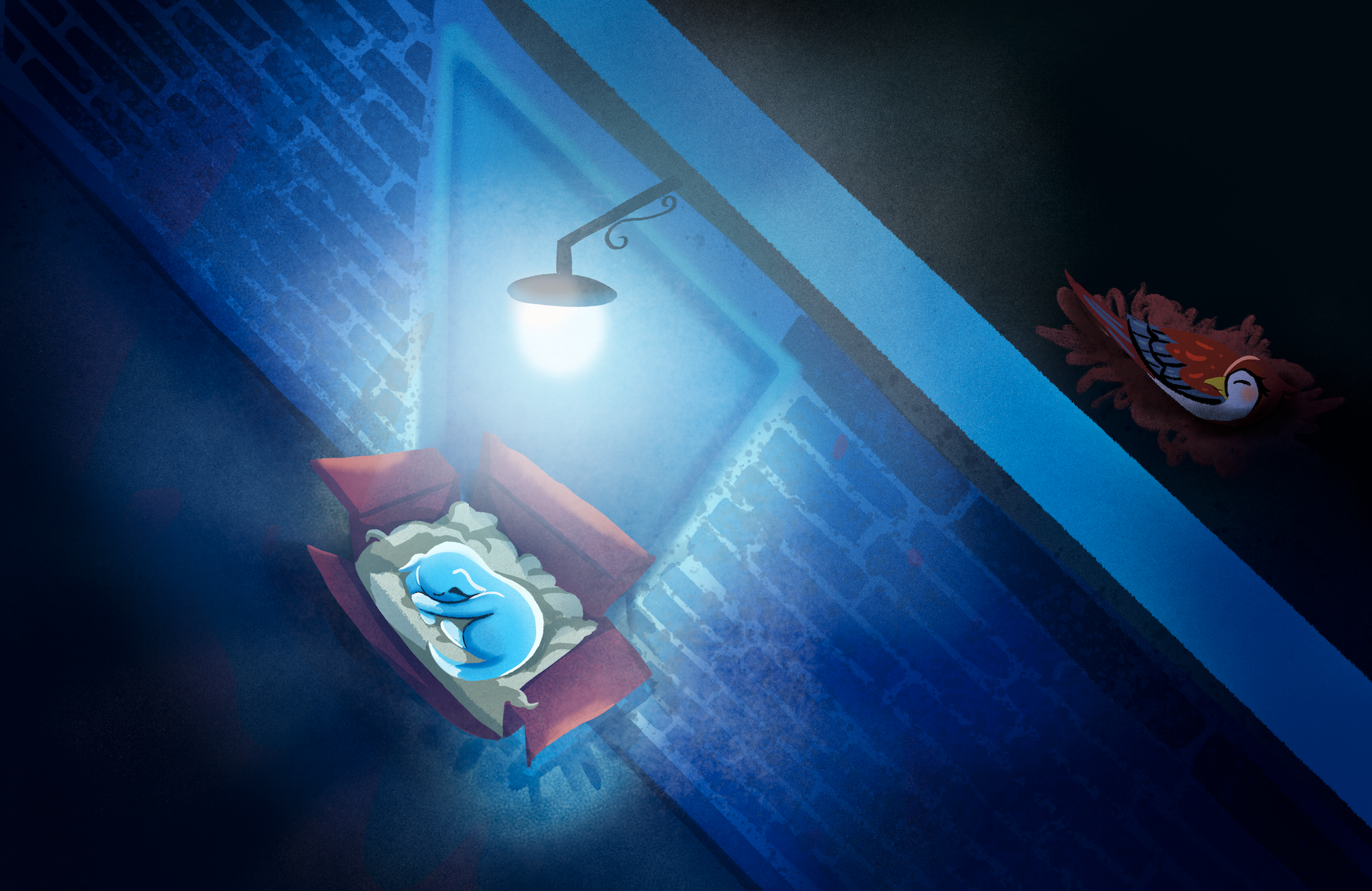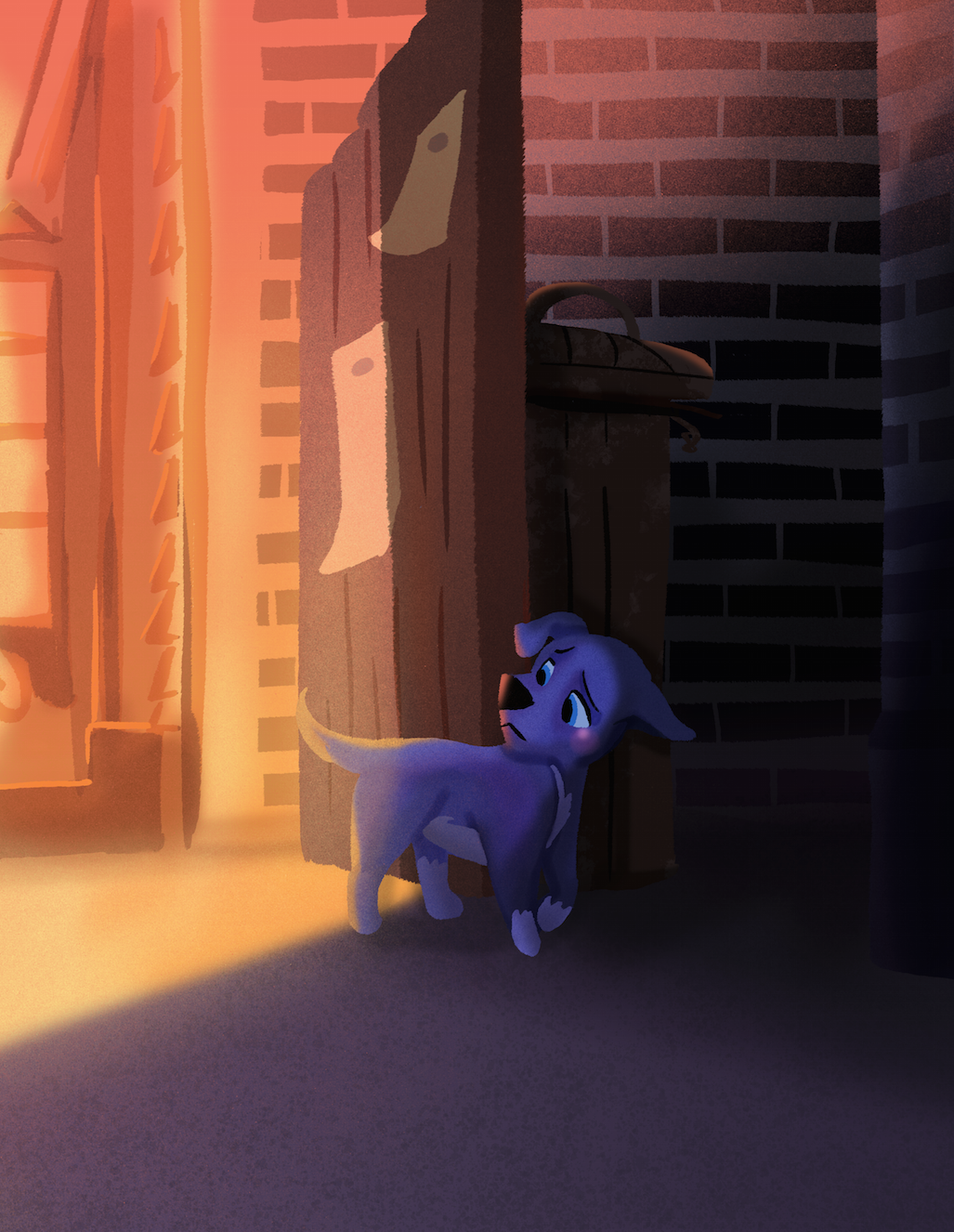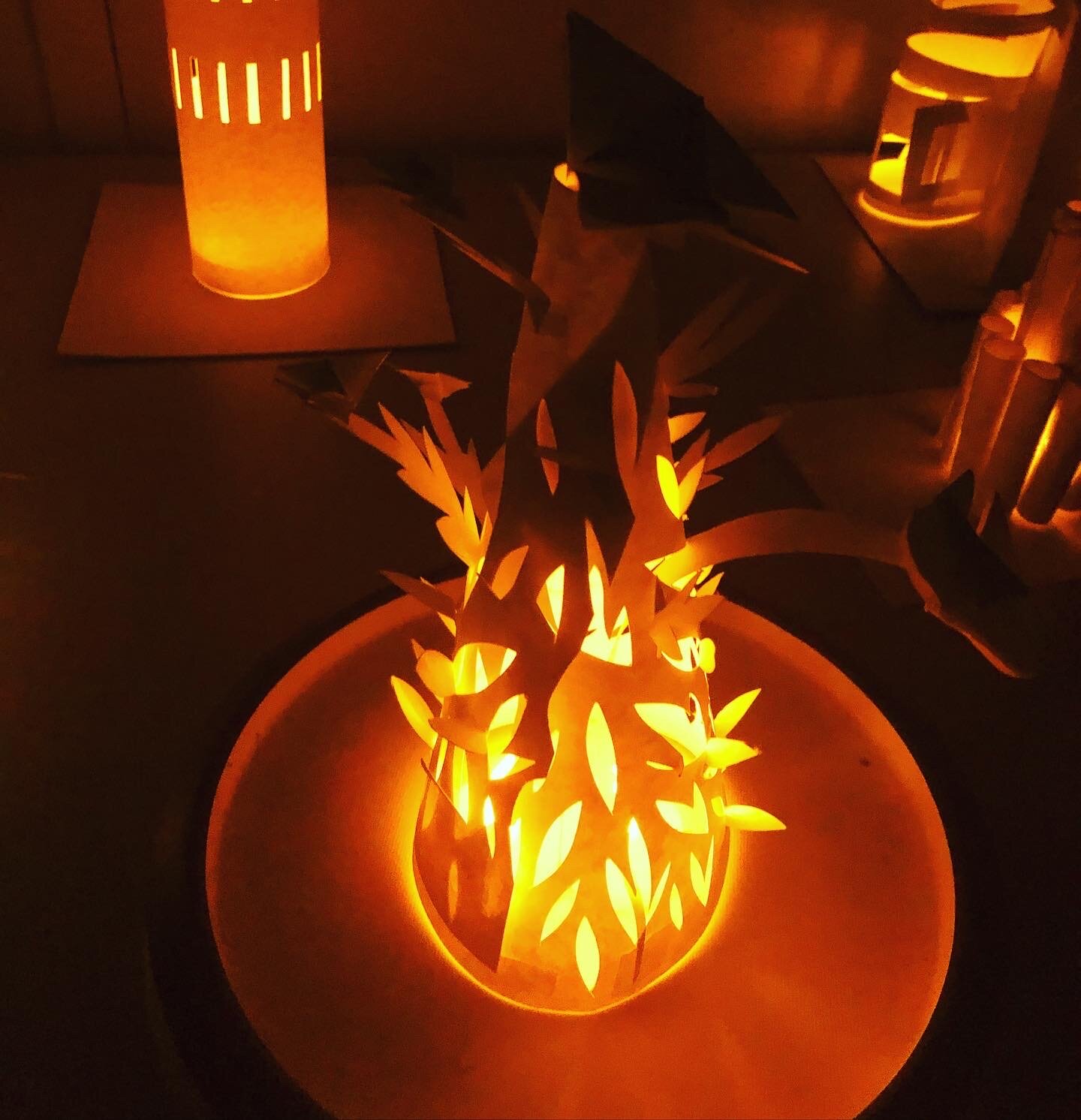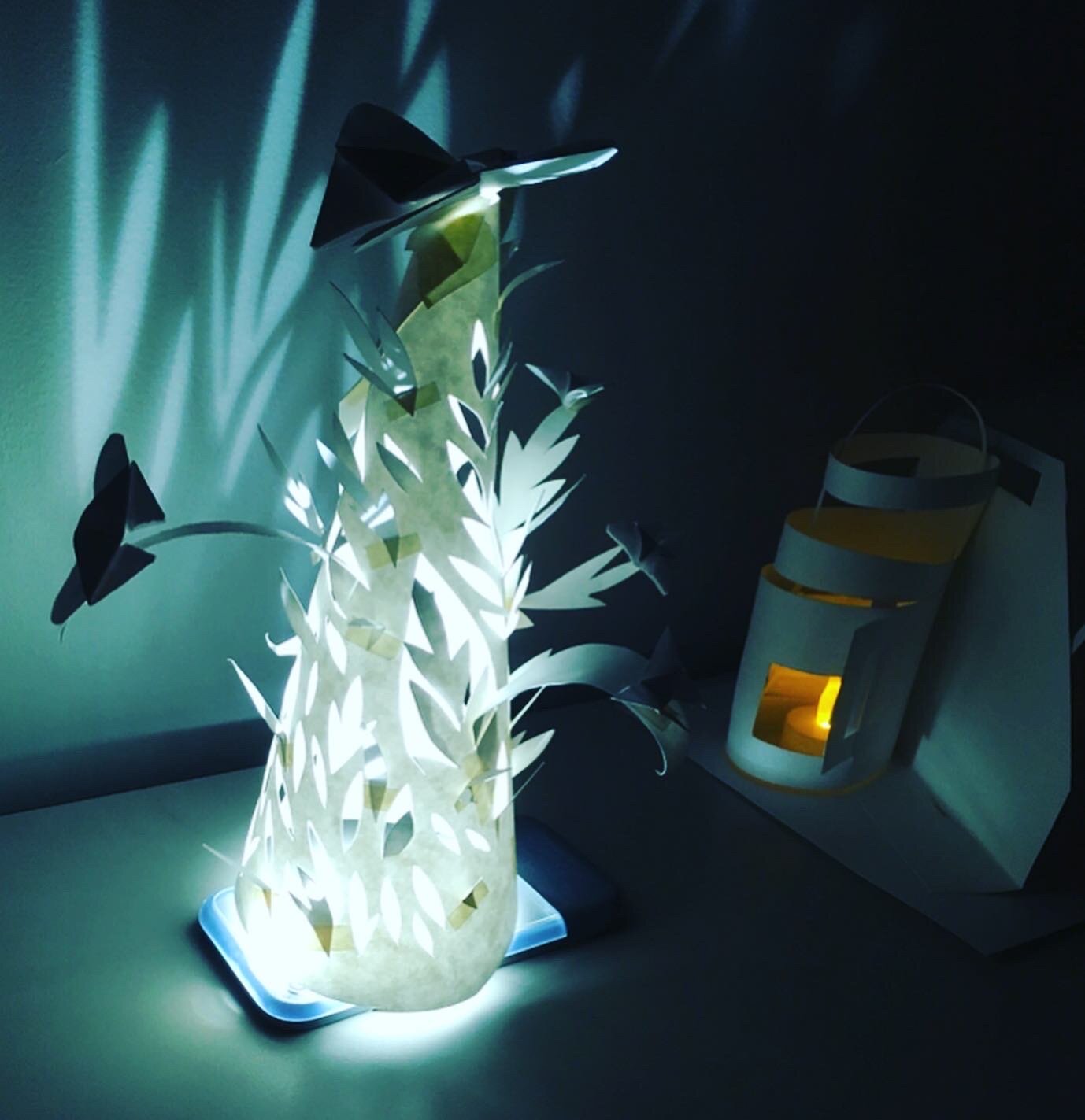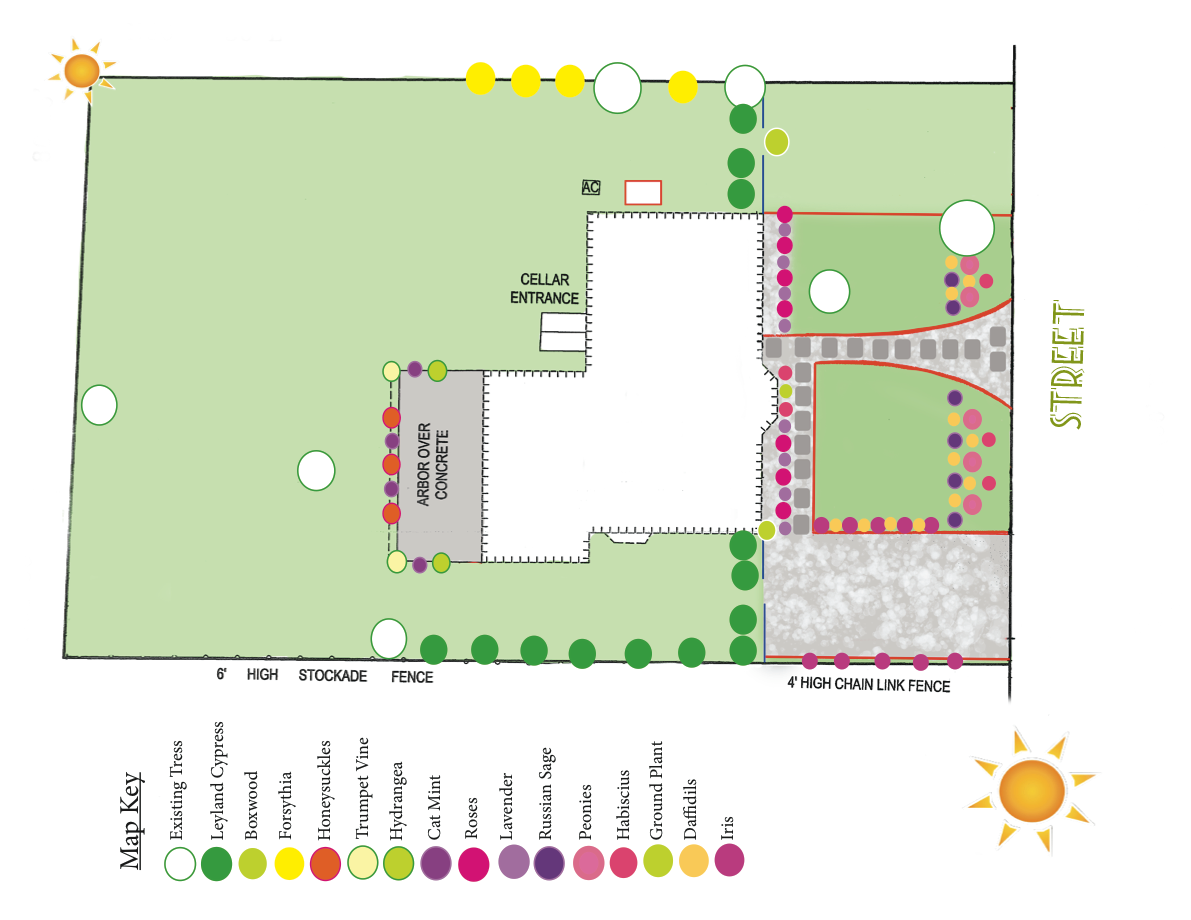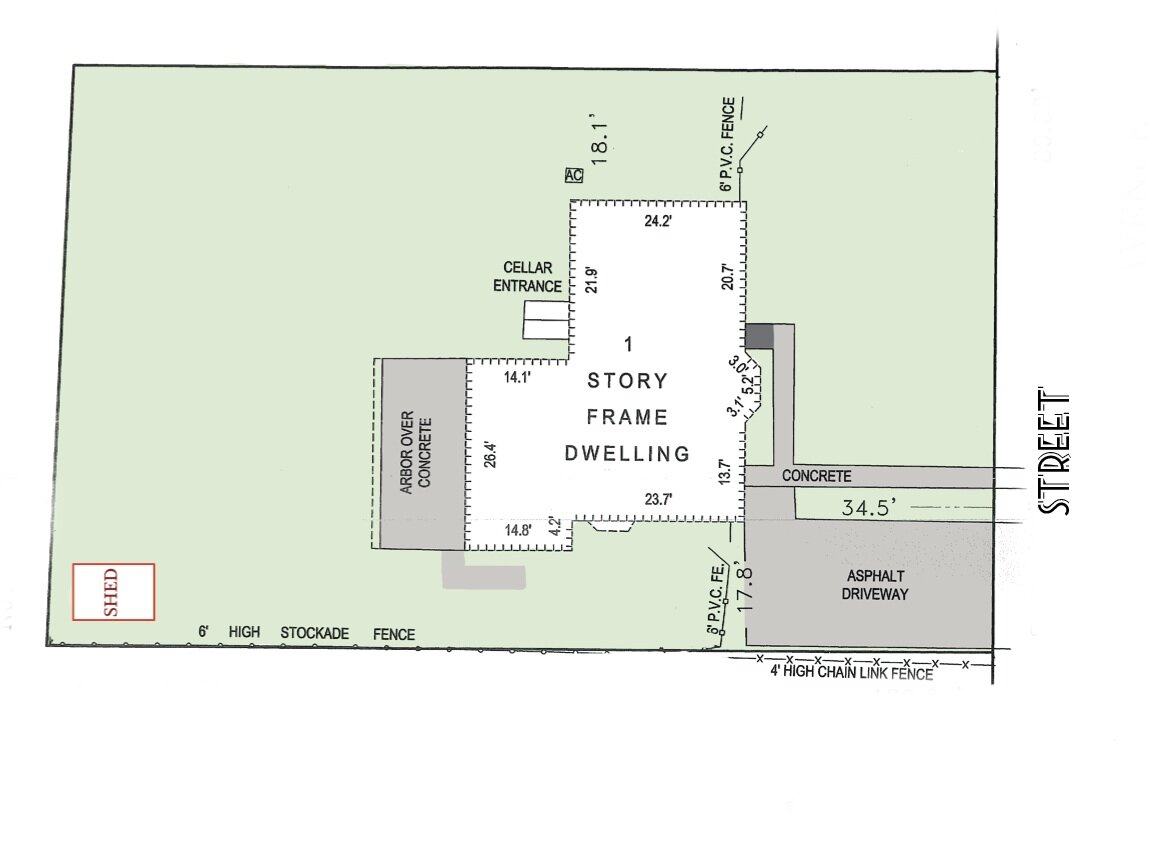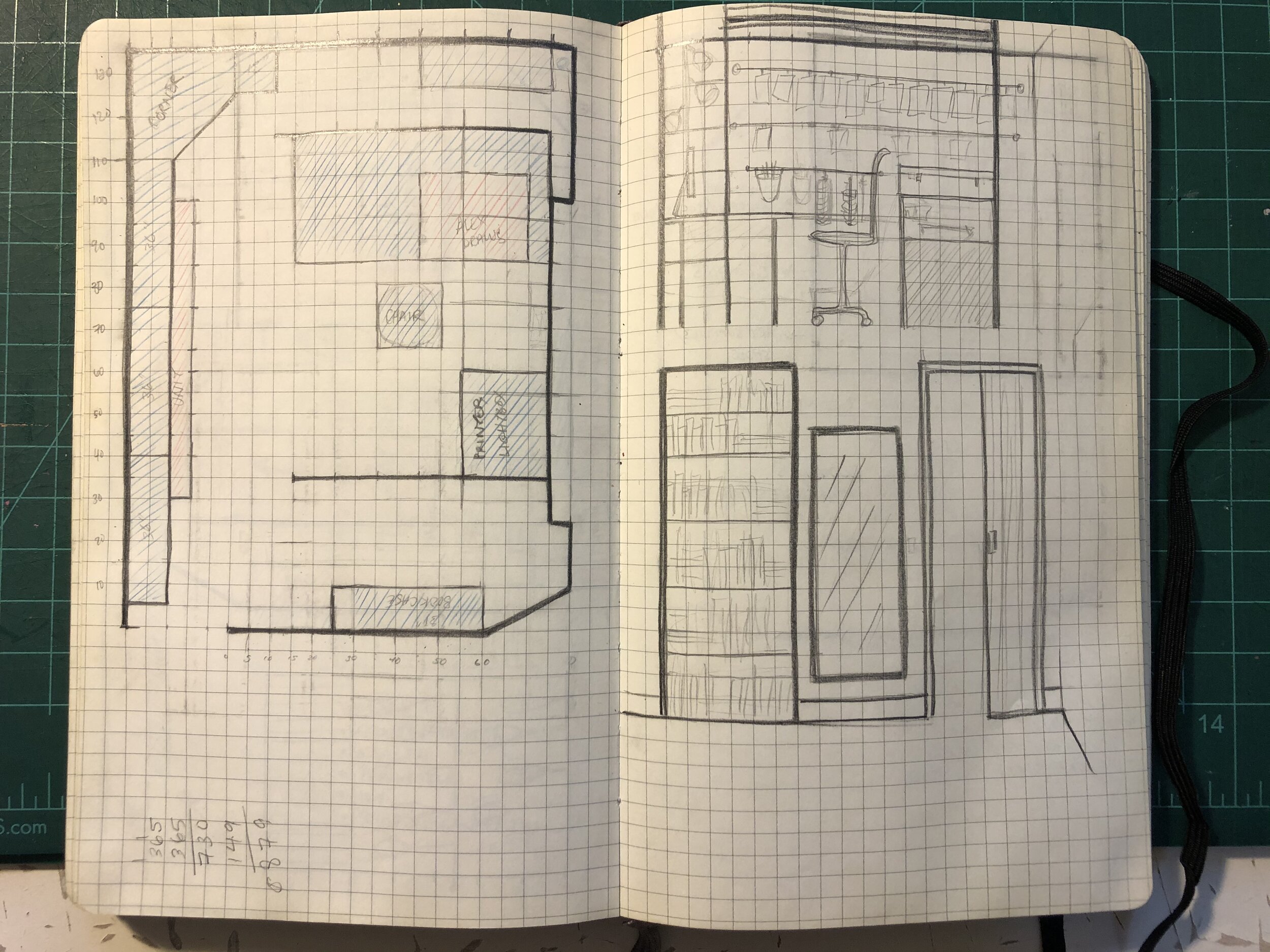Teaching Art & Technology
During this Covid-19 pandemic, I have never been more appreciative of the value of teaching students about art and technology. While our society is reconstructing itself during this quarantine, teaching students a multiple of STEAM lessons through zoom has been eye opening.
While materials being available for all our students is something teachers still and will continue to struggle with, the possibility of what we can teach our students has been wide open. From digital drawing, painting, animation, film and 3D sculpture, and game design, technology has allowed art educators to expand their area of teaching from classical art forms to contemporary modes of creative art.
While as a freelance illustrator, I am aware of the technology that are necessary for my field of work, I was less aware of free programs and good lesson plans for my students. Having taken a class in art & technology in art education, has helped me greatly feel prepared to teach students relevant skills and knowledge content.





